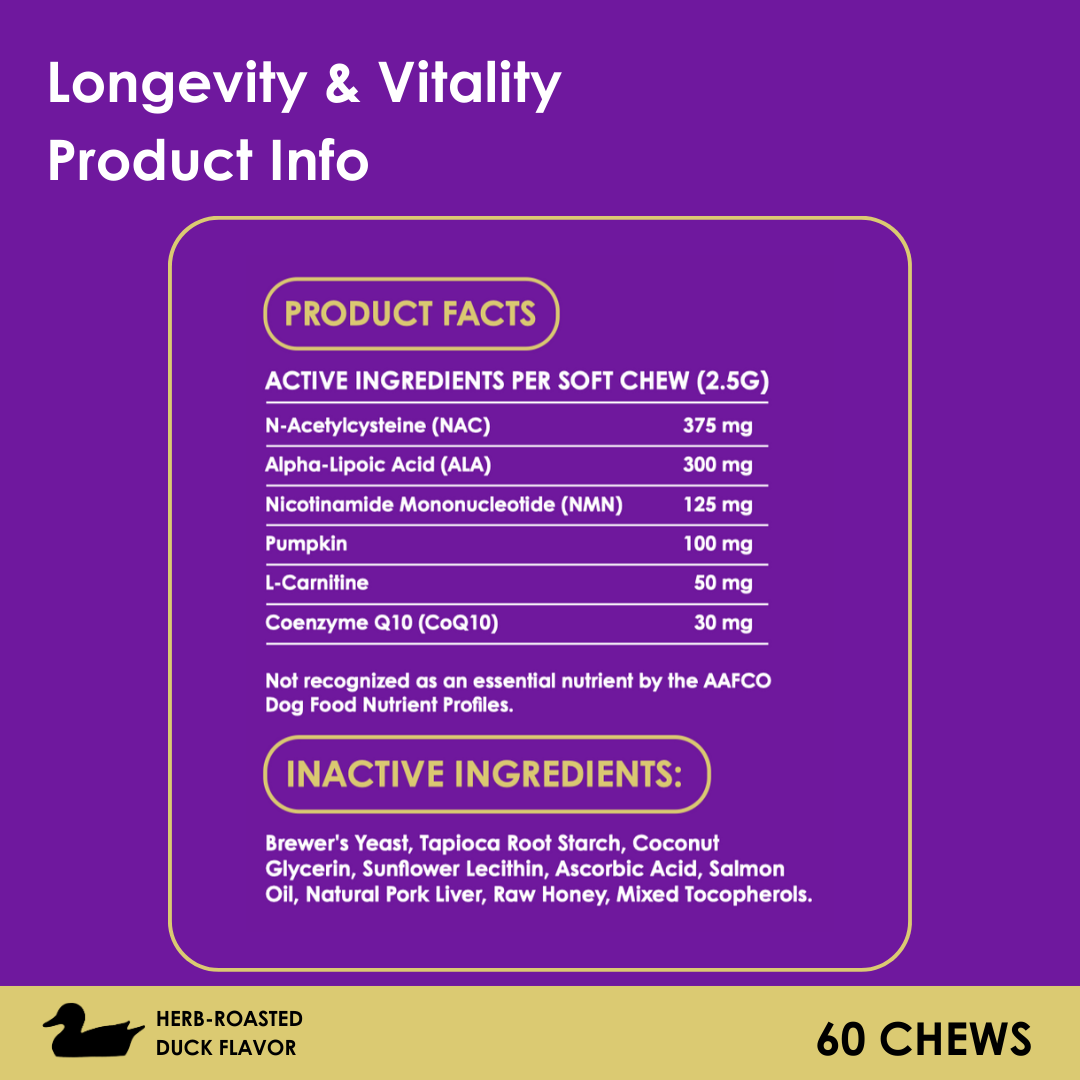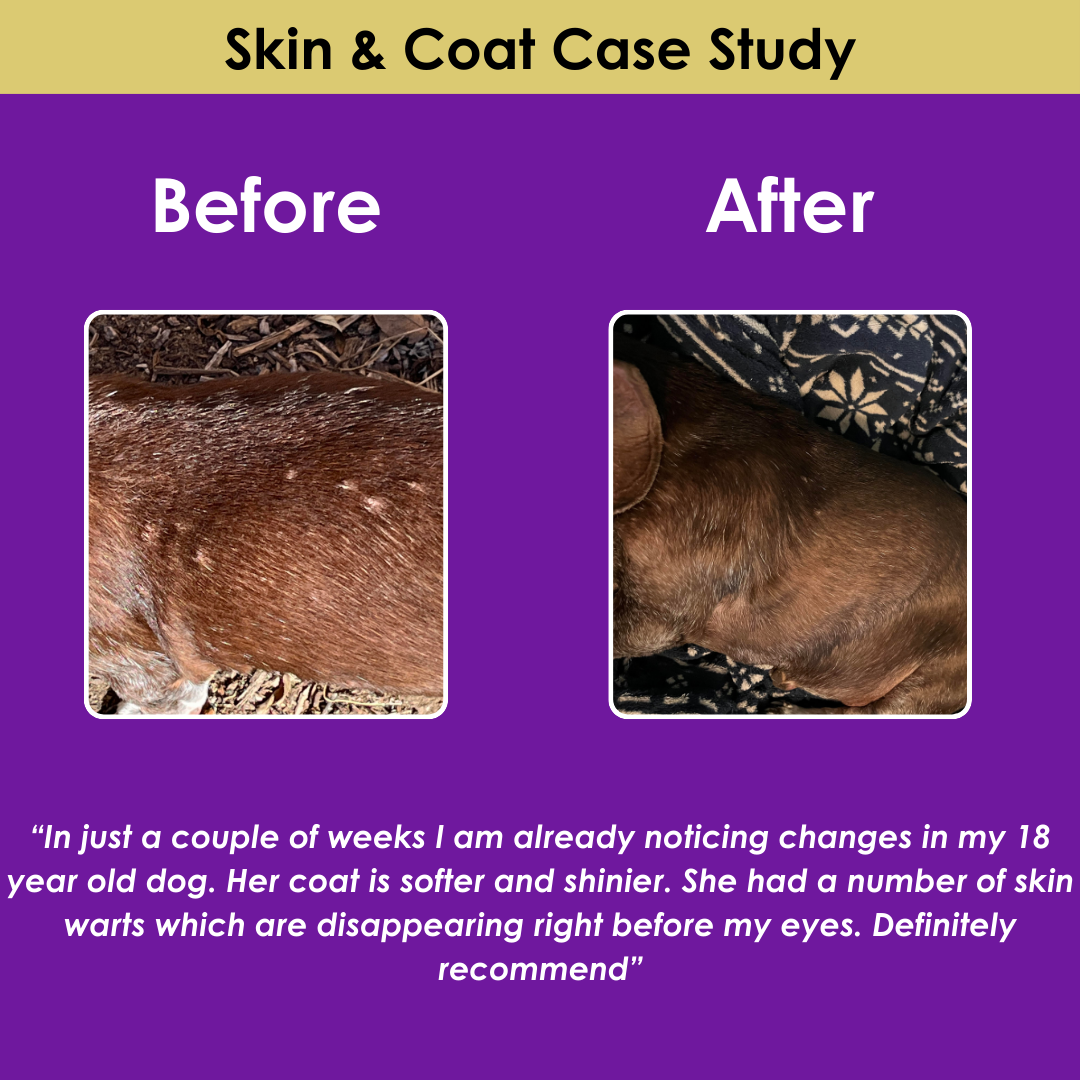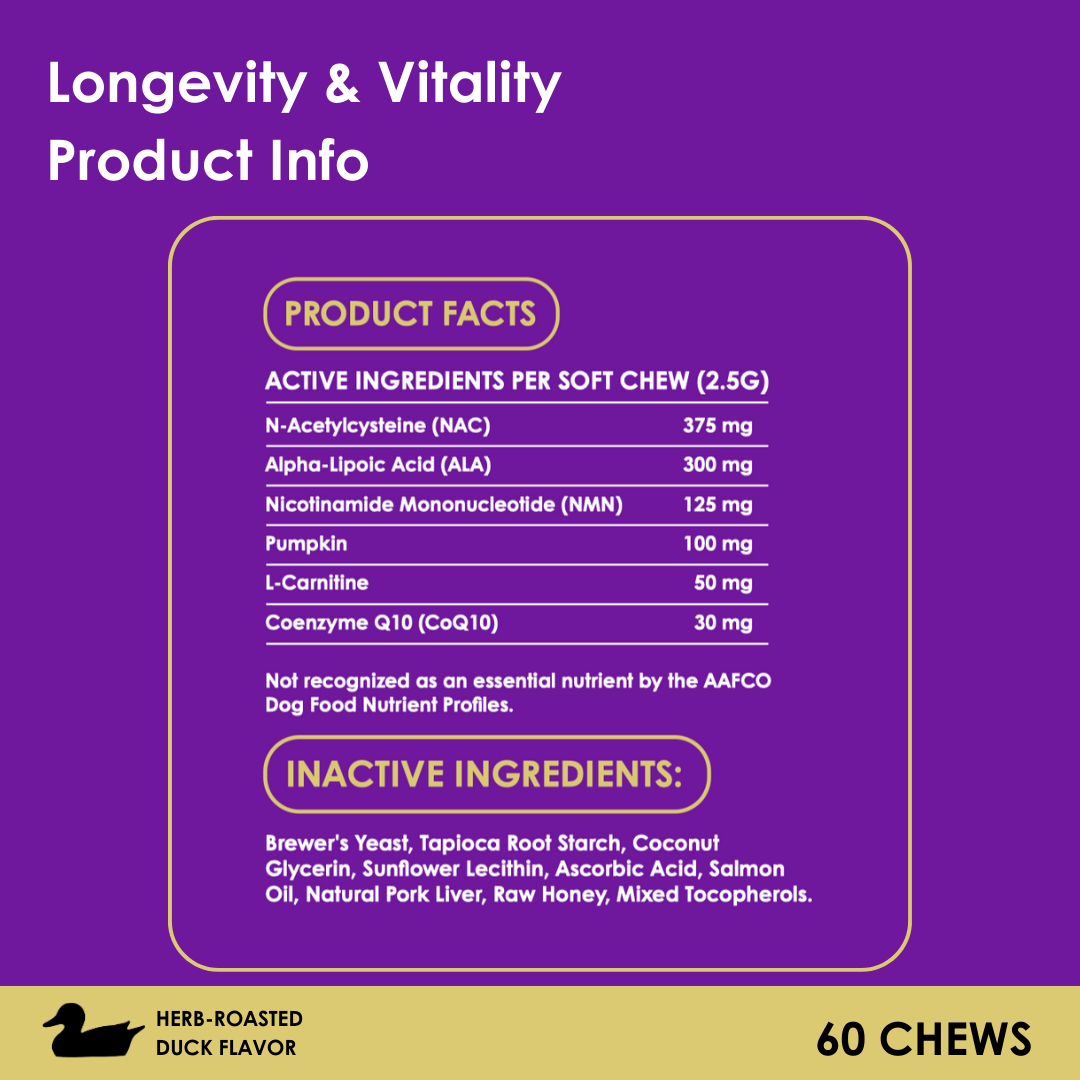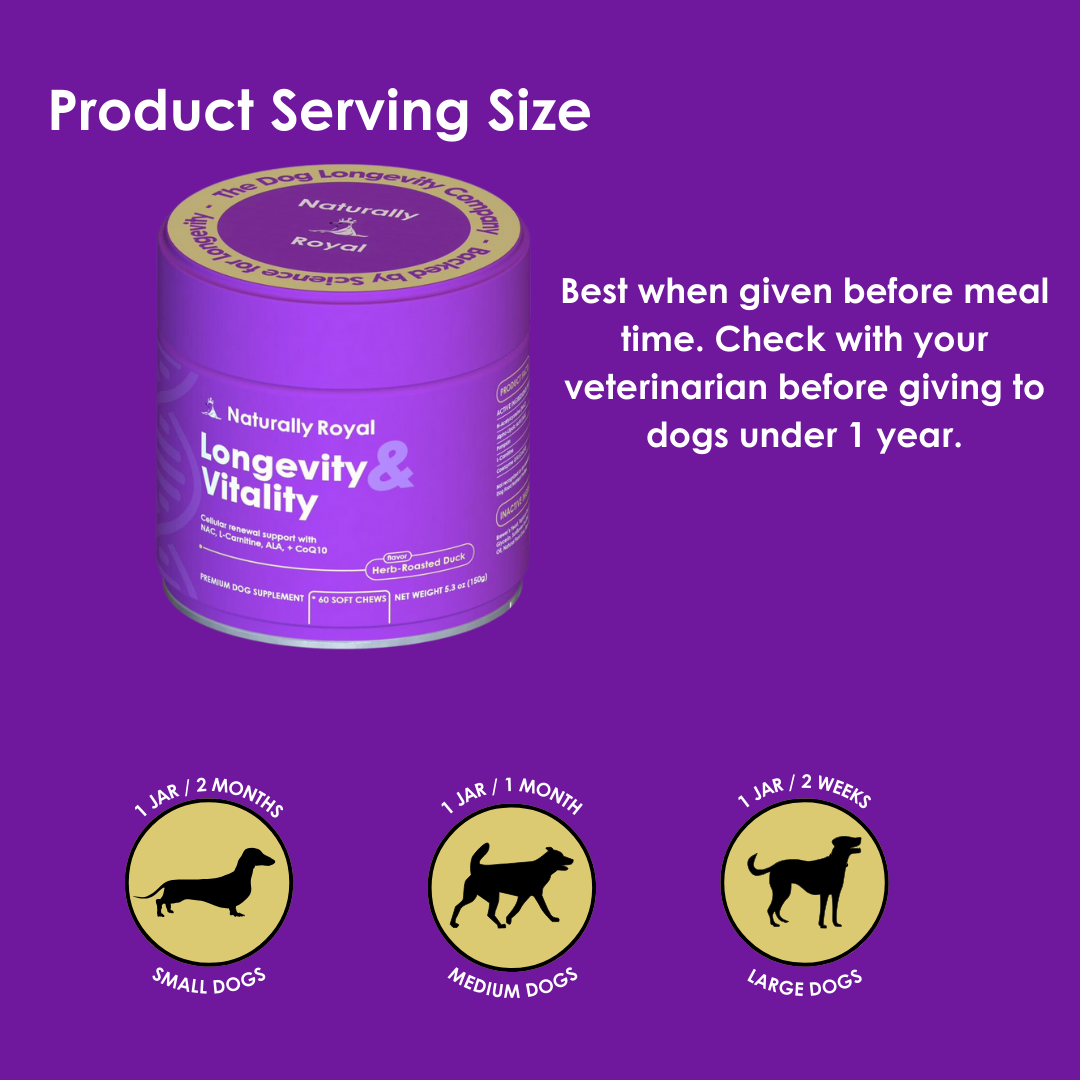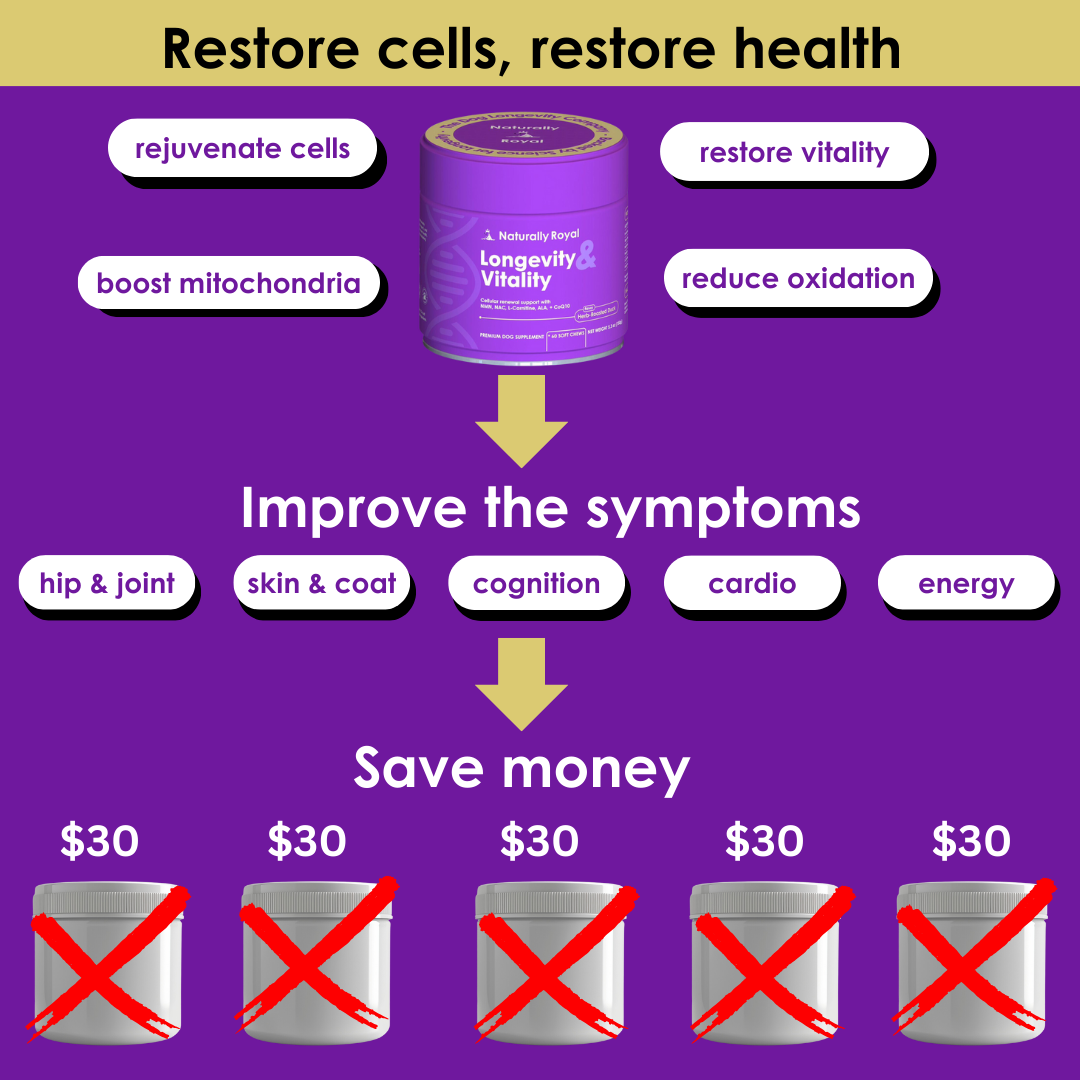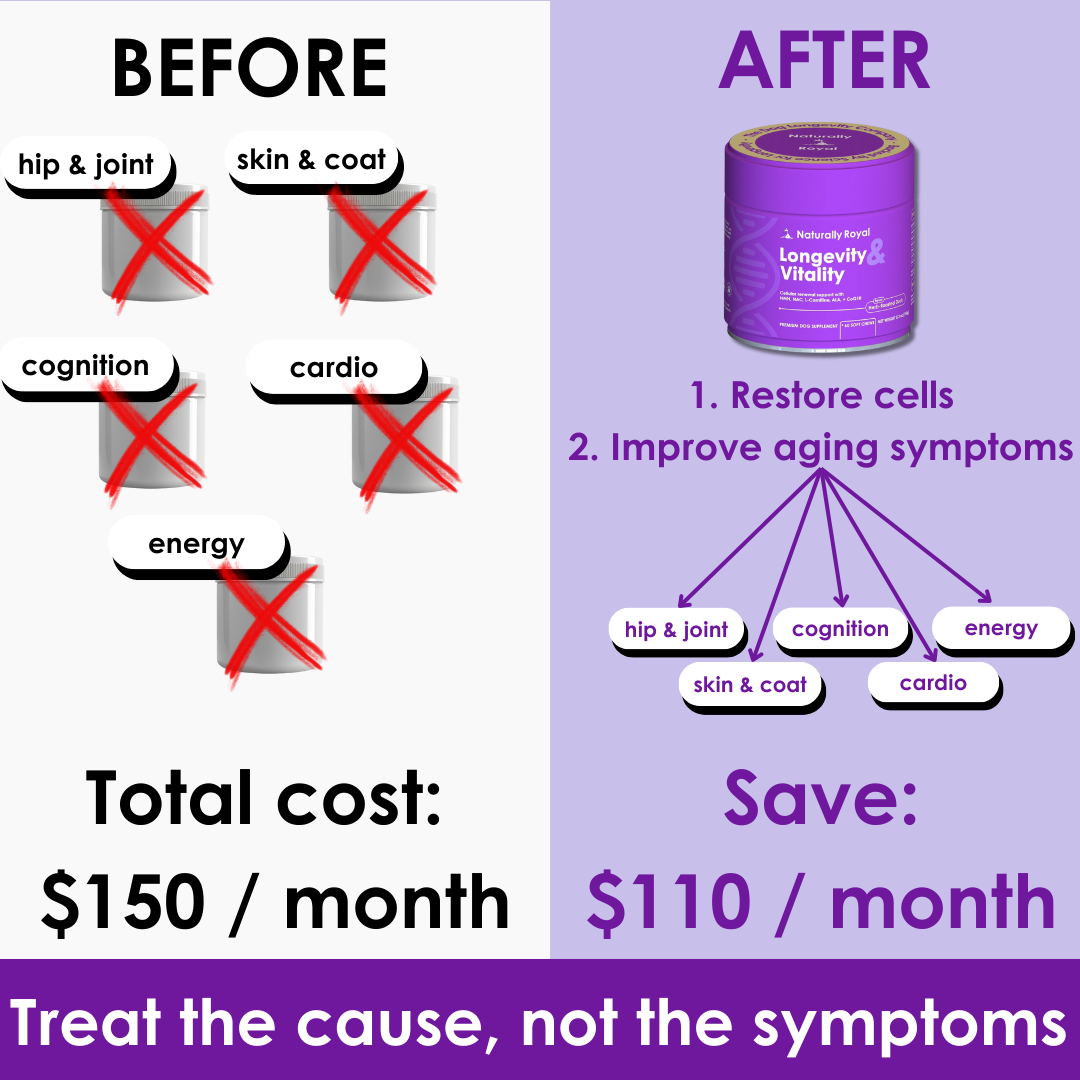Indoor Flooring for Injury Prevention
As dog parents, ensuring the safety and well-being of our furry friends is always a top priority. While we often focus on diet, exercise, and vet visits, the type of flooring in your home plays a critical role in injury prevention, especially for active, aging, or mobility-challenged dogs. Slips, trips, and falls are more common than you might think, and the right flooring can make all the difference in keeping your dog safe while promoting their longevity.
Here’s a detailed look at the best types of indoor flooring for injury prevention and how they can benefit your dog’s health and mobility:
The Importance of Slip-Resistant Flooring
Dogs rely on stable footing to move around safely. Smooth or slippery surfaces like polished hardwood or tiles can increase the risk of slips and falls, leading to injuries such as sprains, joint stress, or even fractures. Beyond the physical risks, slipping can also cause anxiety, especially for older dogs or those with mobility issues. Providing flooring with sufficient grip and cushioning can minimize these risks while enhancing your dog's comfort and confidence.
Top Flooring Options for Injury Prevention
1. Non-Slip Vinyl
- Benefits: Vinyl flooring is a popular choice for its affordability, durability, and ease of cleaning. Modern non-slip vinyl options come with a textured surface that provides extra grip, reducing the risk of slipping.
- Best For: Living rooms, kitchens, and areas where your dog frequently walks or runs.
2. Rubber Flooring
- Benefits: Rubber flooring is naturally slip-resistant and provides cushioning, reducing stress on your dog’s joints. It’s also antimicrobial, making it a hygienic option.
- Best For: Dog playrooms, exercise spaces, or areas where older or mobility-impaired dogs spend time.
3. Textured Laminate
- Benefits: Laminate flooring with an embossed texture mimics the look of hardwood while offering better traction. It’s also scratch-resistant, making it a good option for dogs prone to digging their nails into the floor.
- Best For: Bedrooms and low-traffic areas where aesthetics and function are equally important.
4. Cork Flooring
- Benefits: Cork is soft and slip-resistant, making it a great choice for dogs with arthritis or joint issues. It’s also eco-friendly and naturally antimicrobial.
- Best For: Quiet areas like bedrooms or dog resting zones, providing a warm and comfortable surface.
5. Porcelain Tile with Anti-Slip Finish
- Benefits: Modern porcelain tiles now come with anti-slip finishes, offering exceptional durability and water resistance. Paired with epoxy grout, they’re easy to maintain and hygienic.
- Best For: Mudrooms, entryways, and areas prone to spills or moisture.
Considerations for Choosing Dog-Friendly Flooring
- Traction: Look for flooring with a high DCOF rating to ensure your dog can move around safely.
- Durability: Dogs’ nails can scratch softer surfaces. Opt for materials designed to withstand wear and tear.
- Ease of Cleaning: Choose materials resistant to stains, odors, and water damage.
- Comfort: Flooring with natural cushioning can reduce strain on your dog’s joints, especially for aging pets.
- Hygiene: Antimicrobial properties can help prevent the growth of bacteria and keep your dog healthy.
Flooring to Avoid
- Polished Hardwood: While beautiful, polished hardwood is often too slippery for dogs and can result in injuries.
- Glossy Tiles: Smooth, shiny tiles lack traction, especially when wet.
- Carpets: Though soft, carpets can harbor allergens, odors, and stains, making them less ideal for dogs prone to accidents or allergies.
Enhancing Safety with Accessories
If replacing flooring isn’t an option, you can still enhance safety with these tips:
- Runners and Mats: Use non-slip rugs or mats in high-traffic areas to provide extra traction.
- Stair Treads: Add adhesive stair treads to prevent slips on stairs.
- Paw Wax: Apply paw wax to improve your dog’s grip on smooth surfaces.
Longevity Impact of Safe Flooring
Investing in dog-friendly flooring not only prevents injuries but also supports your dog's overall health and longevity:
- Reduced Joint Stress: Cushioned surfaces like rubber and cork protect against joint wear, especially for senior dogs.
- Improved Mobility: Slip-resistant flooring encourages movement, which is essential for maintaining muscle tone and cardiovascular health.
- Fewer Accidents: A safer environment minimizes the risk of falls and injuries, reducing the need for emergency vet visits and ensuring a better quality of life.
Conclusion
The right indoor flooring can be a game-changer for your dog’s safety and well-being. By choosing options that prioritize traction, durability, and comfort, you create an environment that allows your dog to move freely and confidently while minimizing injury risks. Whether you’re renovating or looking for small improvements, focusing on flooring is a proactive step toward enhancing your dog’s longevity and quality of life.





